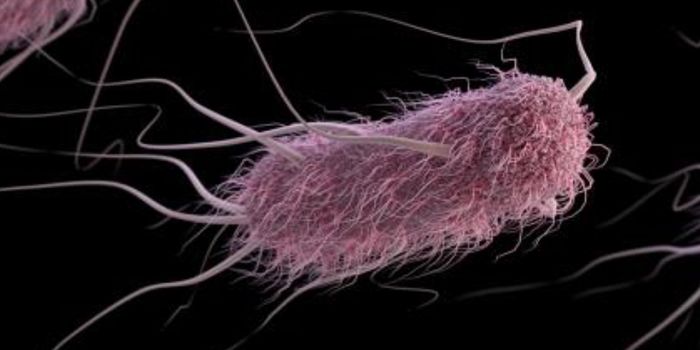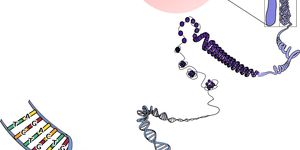Could we be allergic to CRISPR?
CRISPR (Clustered Regularly Interspaced Short Palindromic Repeats) is a cellular mechanism found in bacteria used to edit its own genome to build its own defense system. In recent years, this remarkable pathway has been studied and been targeted to particular parts of the genome, outside of bacteria. There is hope that we can delete, replace, or repair DNA in our genomes to treat or cure diseases and mutations in humans.
As described in the U.S. National Library of Medicine, during CRISPR, also known as CRISPR-Cas9, small pieces of RNA attached to a “guide” sequence of DNA will bind to a target sequence of DNA in the genome. The “guide” sequence is used to match directly to the DNA of interest. Then, Cas-9, an enzyme protein, cuts the DNA at that location whereby DNA repair mechanisms add, delete, or replace DNA from the existing genetic material.
The Cas9 protein is derived from the bacteria Staphylococcus aureus, and Streptococcus pyogenes, which are commonly known to infect the general population. Similar proteins called Cas9 orthologs are used in CRISPR technologies to target to the human genome. Charlesworth et al hypothesize that, “humans may harbor preexisting adaptive immune responses to the Cas9 orthologs [SaCas9 and SpCas9].” Charlesworth and the team conducted a study that tested for antibodies against these Cas9 orthologs within human serum to determine if humans could indeed be immune to the Cas9 proteins. If this is the case, the safety and efficacy of the CRISPR-Cas9 system will be lowered, or “cause significant toxicity when treating patients with the CRISPR-Cas9 system.”
Charlesworth and his team “investigated if [they] could detect humoral responses against Cas9”, in other words, if the immune system would respond with antibodies against Cas9. They searched for immunoglobulin G (IgG) antibodies against Cas9 orthologs mentioned previously, SaCas9 and SpCas9, using serum from dominated samples of human cord blood. IgG antibodies for SaCas9 and SpCas9 appeared in 86% and 73% of donors respectively. In addition, there was a significant difference in the sensitivity of the antibodies to each ortholog. To determine if a preexisting immune response to Cas9, they tested for the presence of antigen-reactive T cells. T cell reactivity for SaCas9 was found in 55% of donor samples, and t cell reactivity for SpCas9 was found in 33% of donor samples. The T cells that responded had a distinct “antigen-specific intracellular cytokine response” when re-challenged with the Cas9 orthologs. These results show a clear pre-existing adaptive immunity and antigen-reactive T cell responses to the Cas9 orthologs used in CRISPR methods.
With this data, Charlesworth and his team suggest that pre-existing adaptive immunity might not be problematic when using CRISPR as a therapy, because the fragments of the Cas9 orthologs are presented to the immune system for a short period of time and then are removed. Therefore, a long, intense, immune response is unlikely. However, antigen-reactive T cells may present the most problems due to T cells being able to recognize the peptides after a long period of time, after multiple injections of the Cas9 proteins. This would cause Cytotoxic T cells to “target and clear cell presenting Cas9 on the surface.” If this caused a cytotoxic T cell response this could result in organ toxicity, detrimental to the patient.
Taken together, this data “raises important new considerations” for the use of CRISPR-Cas9 therapies. It is important to remember that while a new therapy is exciting and effective, it might present very different results clinically.
If you would like to learn more about CRISPR, watch this video:








